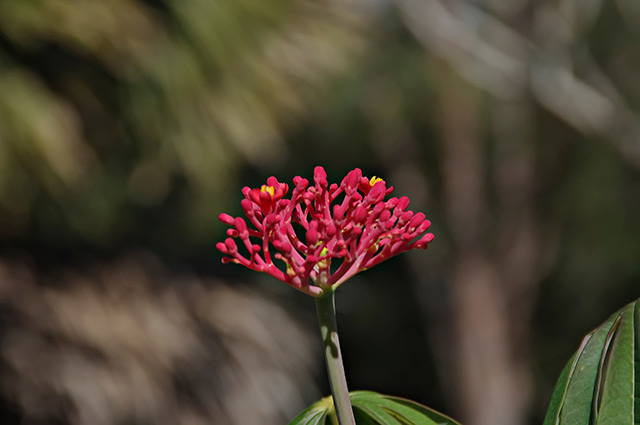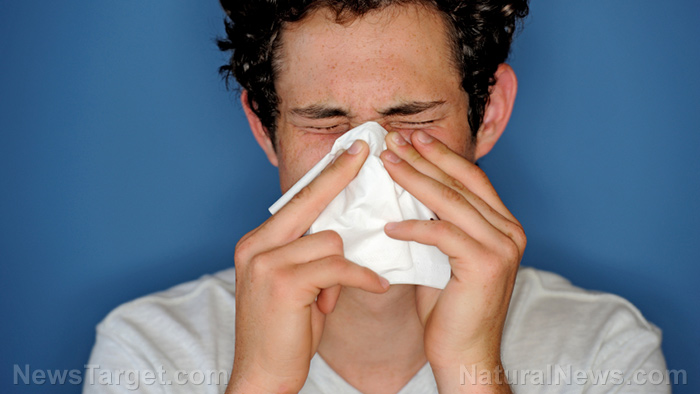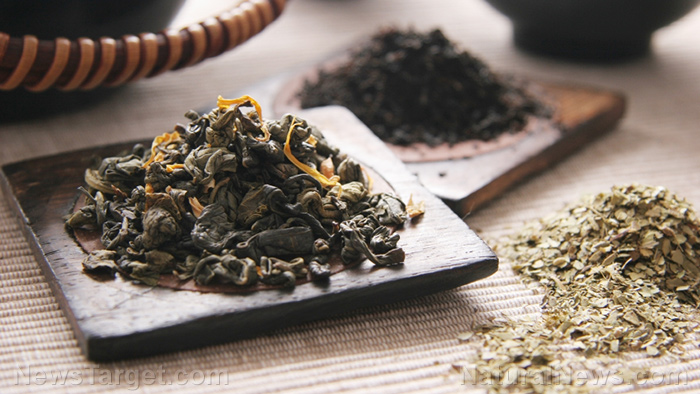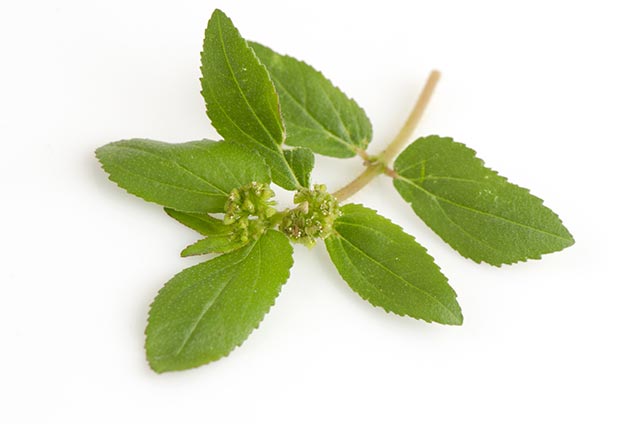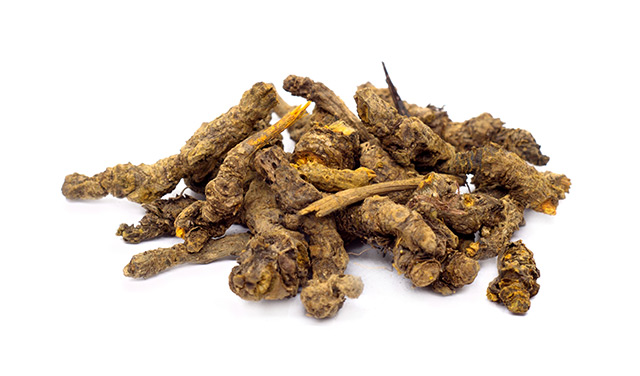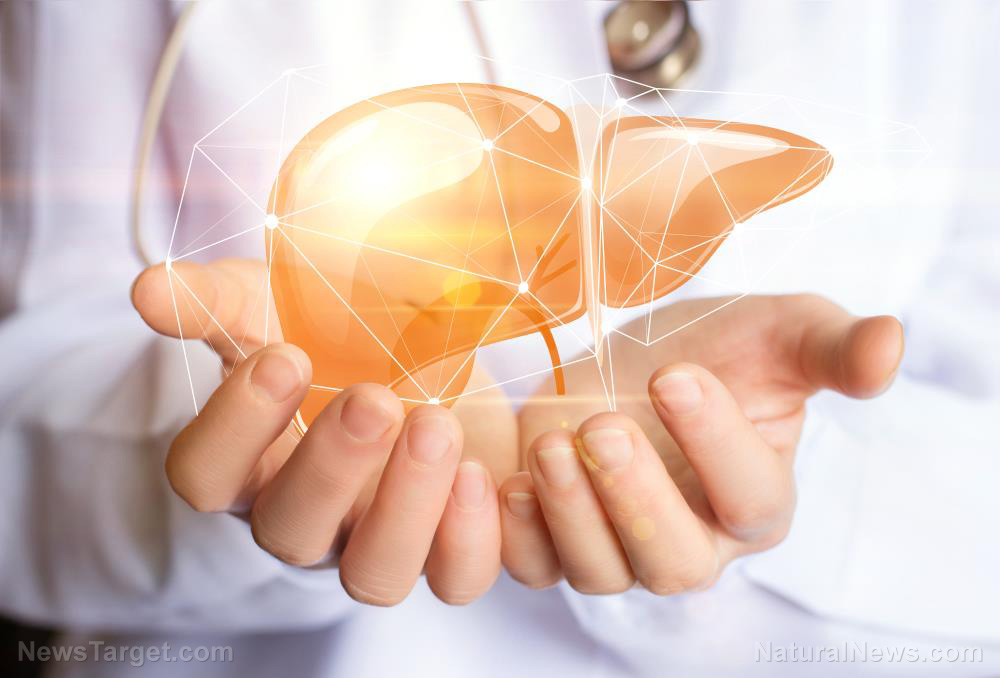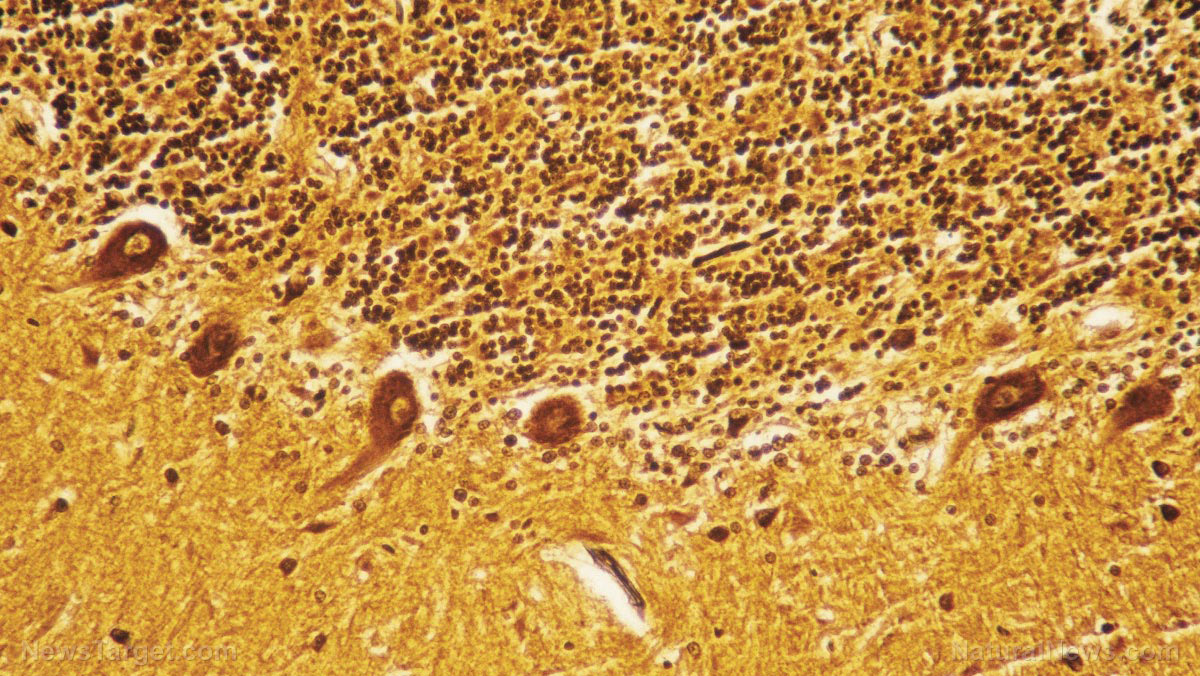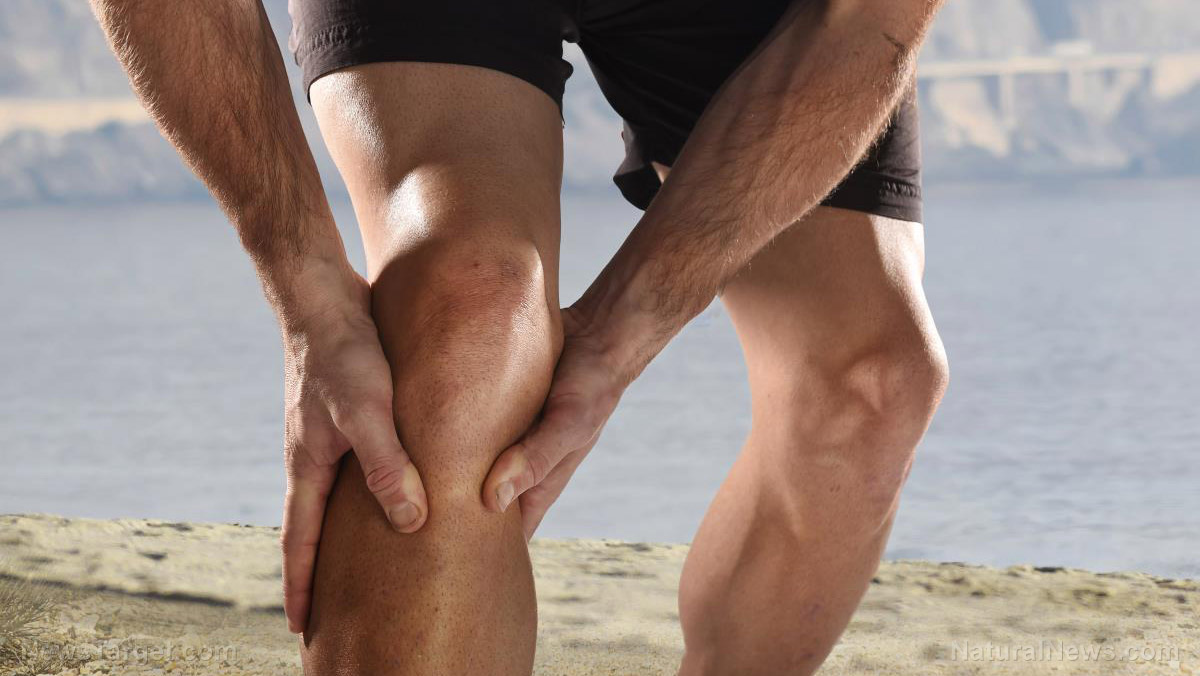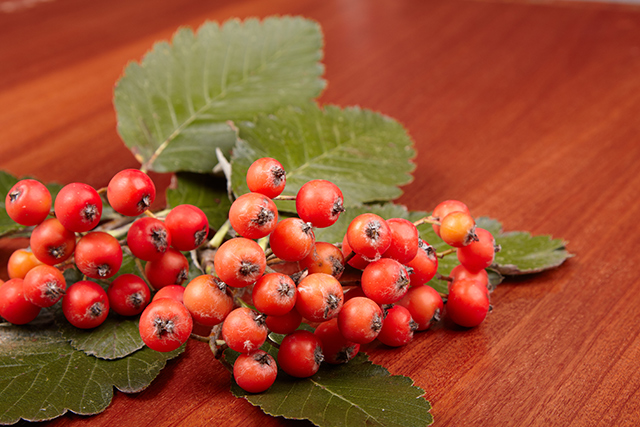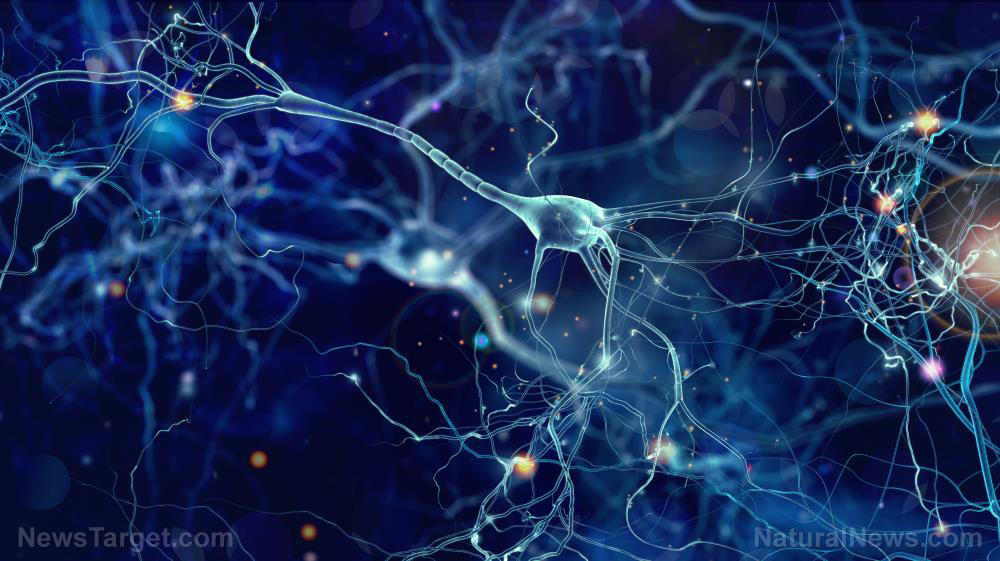A Chinese herbal pill seen to help stroke patients recover their cognitive function faster
09/11/2018 / By RJ Jhonson
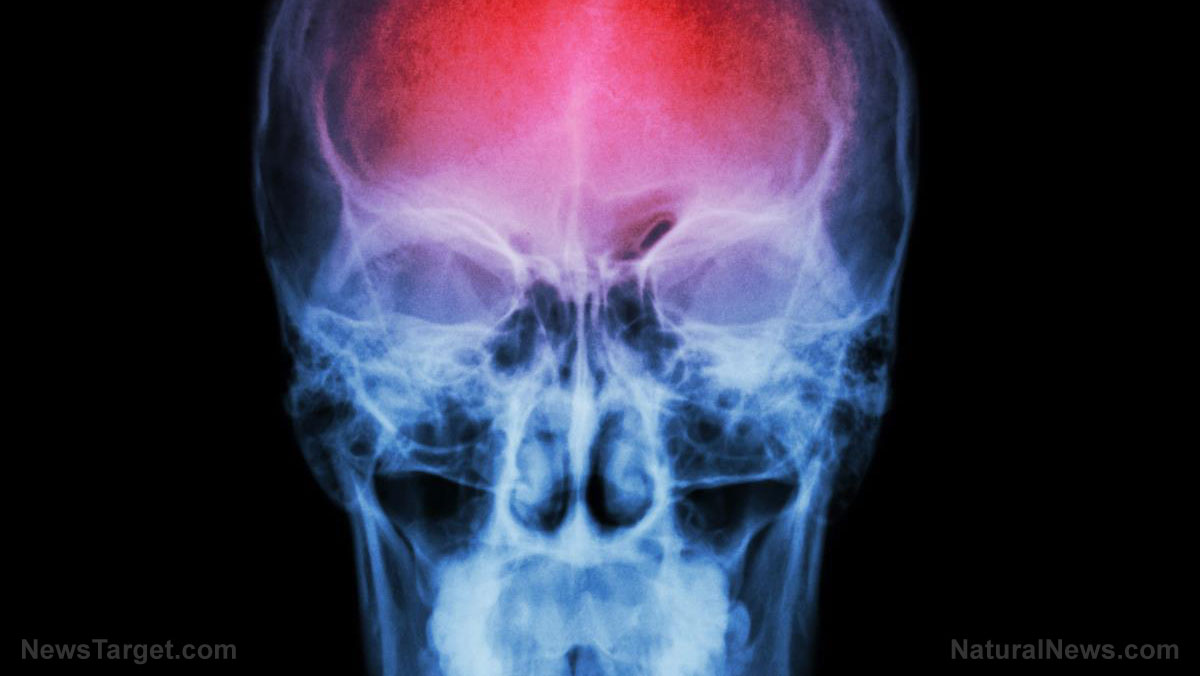
When it doesn’t cause death, an ischemic stroke often leads to disability. In China, Huatuo Zaizao pill (HT) is administered to patients recovering and rehabilitating from a stroke. Although this treatment has been in use in traditional medicine, its exact mechanisms remain far from understood. In a study published in the journal BMC Complementary and Alternative Medicine, Chinese researchers endeavored to uncover the secrets behind the pill’s benefits.
Ischemic stroke is one of the leading causes of death and disability among adults. In the U.S. alone, one person suffers from an attack every 40 seconds. The exact causes may vary but often fall within the common risk factors for the disease, such as an unhealthy diet, a sedentary lifestyle, and bad habits, among others.
Recovery after stroke is often dependent on neurogenesis or the birth of new neurons (brain cells). A stroke occurs when a blood clot – or some other factor that causes a blockage – reduces the flow of blood to the brain. As the main control system, the brain demands up to 20 percent of the body’s oxygen supply to function normally. The blood is what distributes oxygen to the different organs of the body, so impeding its flow can have severe consequences.
A stroke injures the brain. This is the primary reason behind the death and disability that commonly result from an attack. There are indications that the brain attempts to repair itself following a stroke, sparking hopes that inducing neurogenesis will be an effective approach to enabling patients’ full behavioral and functional recovery.
Huatuo Zaizao pill is a traditional Chinese medicine marketed and sold in China. It is made from five Chinese herbs: Ligusticum chuanxiong Hort, Borneol, Evodia rutaecarpa (Juss.) Benth., Carthamus tinctorius L., and Angelica sinensis. Previous in vitro and in vivo tests demonstrated that this formulation was effective in preventing the formation of thrombosis or the clots inside blood vessels that lead to ischemic stroke.
Other studies indicated a diverse set of other benefits, including a reduction in neurological deficit, protective effects on neurons and glial cells, and even improvements in neurological function. The mechanisms that drive these benefits, however, remained poorly understood. Nevertheless, its apparent benefits made it crucial to the rehabilitation of stroke survivors in China.
The researchers hypothesized that HT’s benefits stemmed from its ability to induce neurogenesis. They tested this hypothesis using an animal model. (Related: After a stroke, brain exercise is key: Virtual reality training found to be effective supplemental therapy for regaining movement.)
Their experiment required five groups of rats with 12 members each: a sham-operated group, a model group, and three groups treated with different doses of HT (0.5 g/kg, 1.0 g/kg, and 2.0 g/kg). They induced cerebral ischemia-reperfusion (I/R) injury through surgery in all animals except for those in the sham group, which received sham surgery instead.
The HT groups were given the pill for three to seven days, and functional recovery was evaluated using a cylinder test, beam walking test, and adhesive test. The presence of neurogenesis was determined through double immunofluorescence staining for 5-ethynyl-2-deoxyuridine (EdU) and neuronal nuclear protein (NeuN).
Western blotting assays were used on other indicators of neurogenesis, such as the proteins of kinase A (PKA), cAMP response element-binding protein (CREB), and brain-derived neurotrophic factor (BDNF), which regulates the different steps in the generation of neurons. The researchers employed reverse transcription polymerase chain reaction (RT-PCR) to determine BDNF mRNA levels.
The researchers noted that treatment with HT produced significant improvements, particularly in terms of functional recovery and the generation of new neurons. Three-day treatment showed improvements in BDNF mRNA – results on the seventh day showed remarkable improvements in BDNF, and the expression of PKA, phosphorylated CREB.
These outcomes led them to conclude that HT could indeed aid in rehabilitating stroke survivors by inducing neurogenesis. They interpreted the increased expression of BDNF and the increase in neurogenesis as sufficient proof of HT’s benefits.
Be aware of measures to prevent stroke by going to Prevention.news.
Sources include:
Tagged Under: alternative medicine, behavioral recovery, cardiovascular health, functional recovery, heart health, herbal cures, herbal medicine, Huatou Zaizao pill, ischemic stroke, natural cures, natural medicine, traditional Chinese medicine

